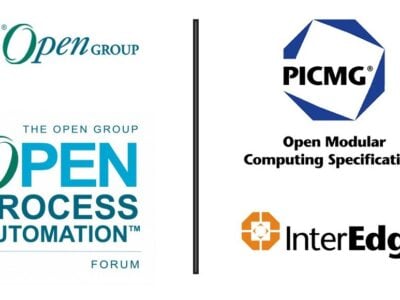
It claims the world’s largest footprint in terms of IoT connectivity, with over 10 million objects registered on its network. With the new round of investment, Sigfox expects to extend its coverage from 26 countries today to 60 countries by 2018, while reaching financial breakeven point.
The company is also eyeing Industry 4.0 as a key growth path, where data analytics can help with industrial process optimization and predictive maintenance, hence its plans to integrate its data networking services with Salesforce’s IoT Cloud.
Looking at the new investors listed behind this new round of funding, namely Alto Invest, Salesforce Ventures, Henri Seydoux, Swen CP, Tamer Group and Total, but also at re-investing partners including Bpifrance, Elliott, Intel Capital, Air Liquide, Idinvest Partners and IXO, Tom Rebbeck, Research Director at Analysys Mason, gives us his own analysis of Sigfox’ business model and its potential limitations.
Rebbeck writes: “The investment shows investors’ continued interest in IoT. The round, one of the largest this year for an IoT startup, illustrates the ongoing interest in IoT from financial and industrial investors.
The money Sigfox has raised, around EUR300 million, highlights the capital-intensive nature of its model. While competing technologies, like LoRaWAN and NB-IoT, have a more standard licensing model, Sigfox develops and provides the technology and absorbs some of the risk of each network roll out – this requires upfront funding from Sigfox. This model gives Sigfox a greater share of the benefits but also more of the risk. Likewise, its network partners are bound to a single supplier and a single point of failure.
The addressable market for LPWA networks for IoT is considerable, but connectivity is only a small share. Analysys Mason is forecasting over 3 billion connected devices on LPWA networks globally by 2025. Total revenue generated by these networks will be around USD70 billion in 2025, but only a small share of this, USD5 billion, is on connectivity, the market in which Sigfox operates. (The remaining USD65 billion will be on spend relating to hardware and applications.)
Sigfox is increasingly focused on companies that will use its technology, rather than connectivity providers. The emphasis for Sigfox in both its investors and other partners is increasingly on companies that will use the technology in their own core businesses and will generate revenue from enhancing products and services through connectivity rather than the connectivity itself; this may make sense given that connectivity is such a small share of the opportunity. For example, on 9 November, Sigfox announced plans for a Japanese network with the electronics firm Kyocera. Industrial investors in the latest round include the energy firm Total, healthcare company Tamer Group and Salesforce.
Telecoms operators are notably absent from the press release. No telecoms operator is mentioned in the release and it is unclear whether operator investors from previous rounds – NTT Docomo, Telefonica and SK Telecom – are even investing in this round. It is notable that none of the operator investors has committed to a commercial Sigfox network; instead, they appear to favour competting technologies – NTT Docomo and SK Telecom are building NB-IoT networks (which is also being trialled by Telefonica). SK Telecom also has a nationwide LoRa network.”
Visit Sigfox at www.sigfox.com
Related articles:
Virtually free crowd-sourced IoT networks on the horizon
Microsoft backs Sigfox on IoT data collection and cloud integration
Sigfox raises 100 million euros to globalize IoT
Sigfox’ IoT network infrastructure rolls out beyond France
Loud about IoT: LoRa takes over Sigfox’ noise says Bouygues
 If you enjoyed this article, you will like the following ones: don't miss them by subscribing to :
eeNews on Google News
If you enjoyed this article, you will like the following ones: don't miss them by subscribing to :
eeNews on Google News



